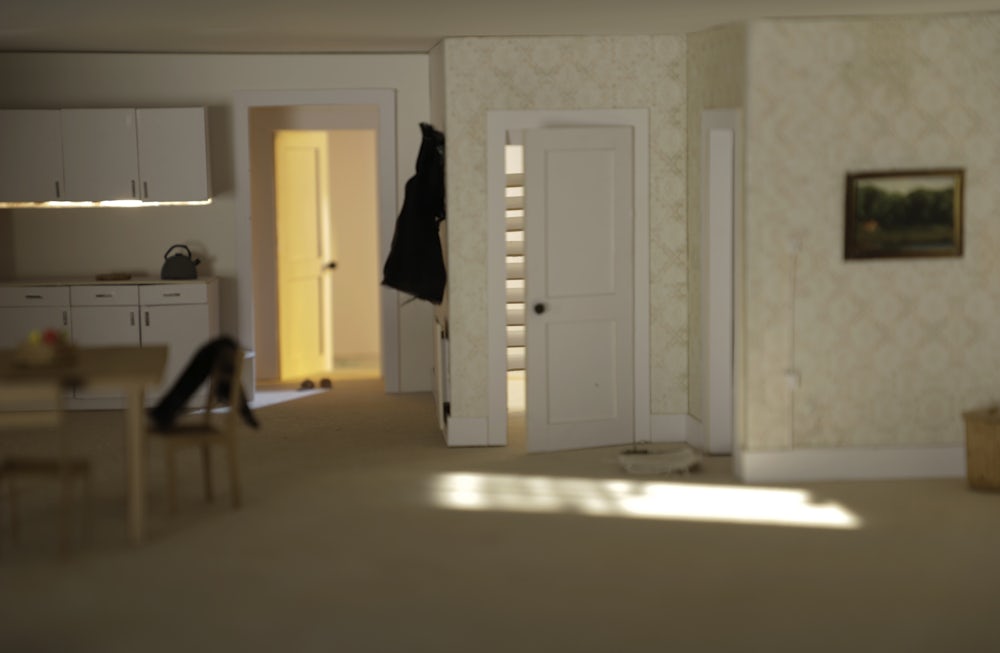Andra Pop-Jurj
"The Life and Death of Council Housing"
Keywords: model-making, moving image, memory, architecture, home
There are few endeavours as spendthrift of energy as construction. And few that are so thoughtlessly selfish. The inconvenience caused by building is inestimable.1
Property markets today are driven by constructed images of happiness, disseminated online and shifting our perception of what our spaces should be like. Architecture, and in particular housing, is now a tool of capital, complicit in a purpose that is antithetical to its initial ideological endeavour of establishing a decent standard of living for all. The tension between the architect’s divided role in designing homes for the rich and mass housing for the poor has always coexisted. Despite the increasing rates of poverty and homelessness, more and more housing estates become expendable after years of neglect and their full life potential is often not used up.
Multiple misfits between tenure, location and affordability coupled with an increase in the number of demolitions and a decrease in the construction of housing indicate that the inequality produced by capitalism may not be a temporary phase that can be overcome; it is rather a structural and inescapable long-term effect of the system itself.
The inhabitant is therefore a component that can be removed from the equation at any stage of the design process, and often even afterwards when the value of the property rises beyond reach. The renunciation of social values embodied by buildings is seen in examples like the demolition of Robin Hood Gardens in London, the Red Road towers in Glasgow, the Rabot tower in Ghent - all trying to repair a failed site by turning it into a developer’s dream. Have they really failed at fulfilling their destiny? Demolition seems to be a pretext for a change in the social fabric, exchanging local authority housing with private accommodation.
This project aims to show the life that thrives in these very estates - a perspective of life that is ignored in the name of economic and aesthetic stability throughout many cities worldwide.
Terrain Vague: assigning value to ambiguous space, Architectural Review, 22.05.2019 ↩



